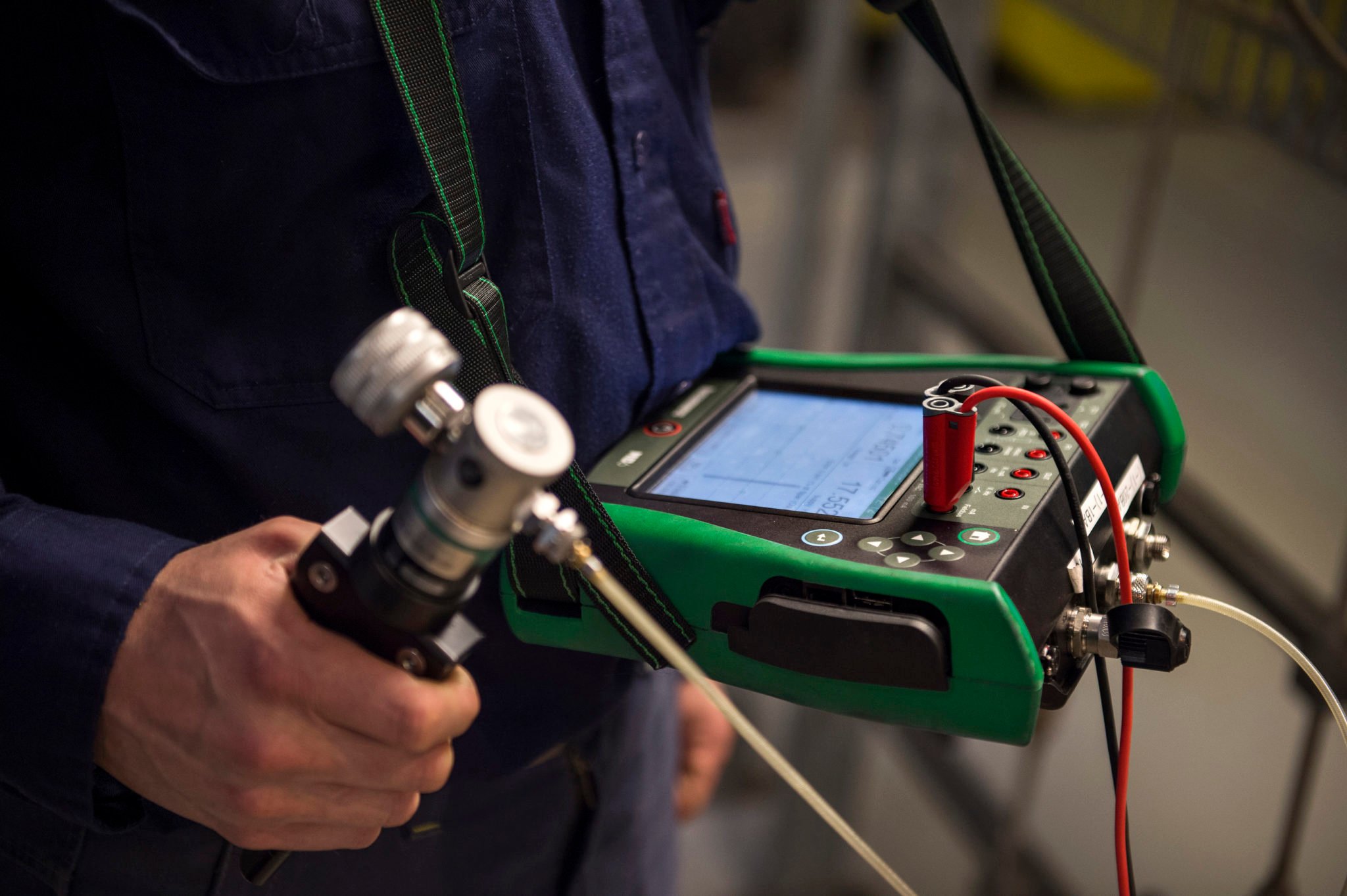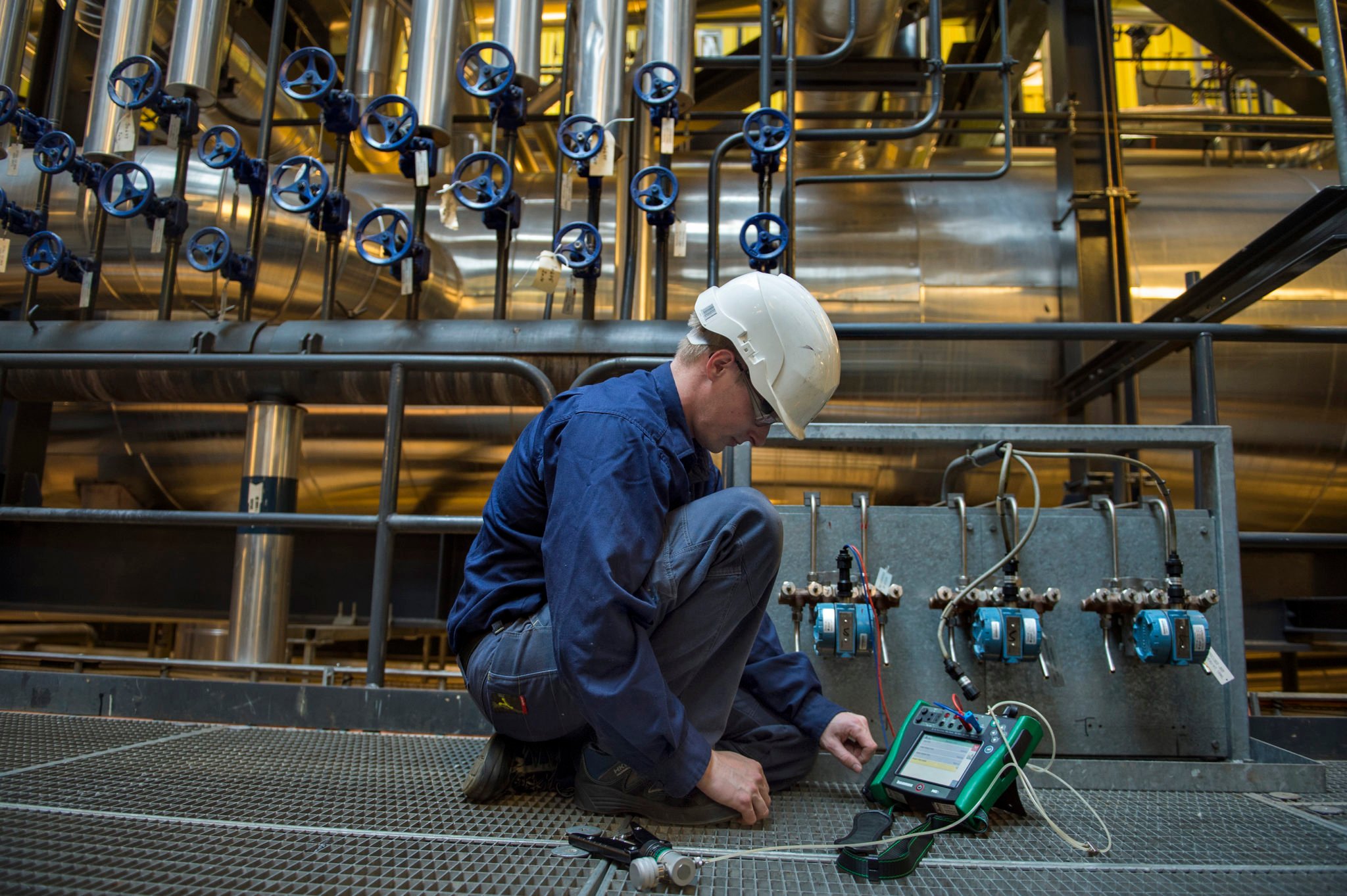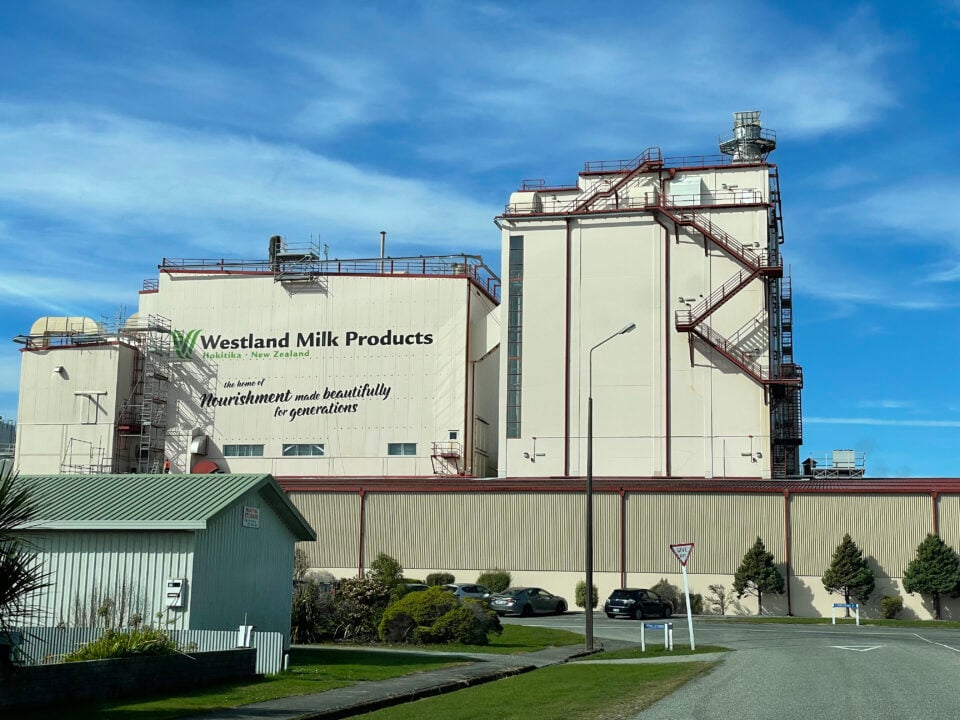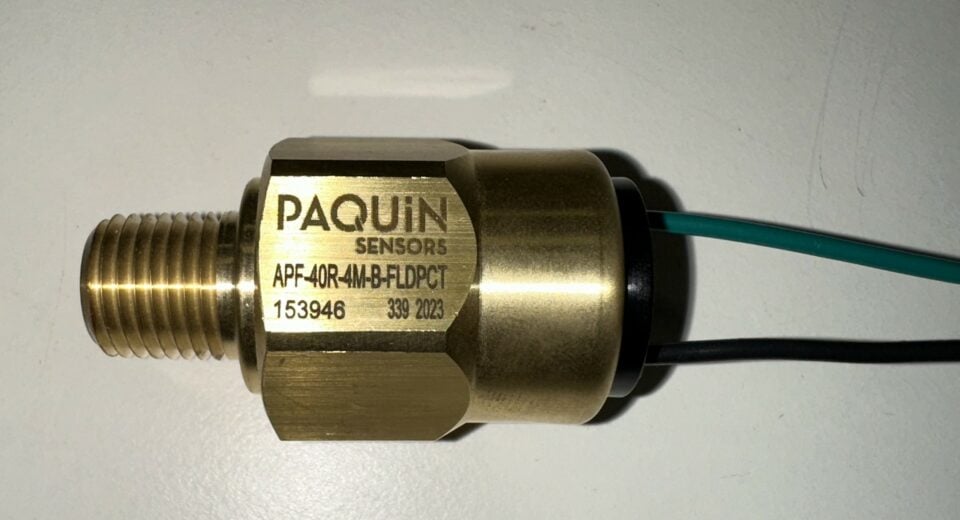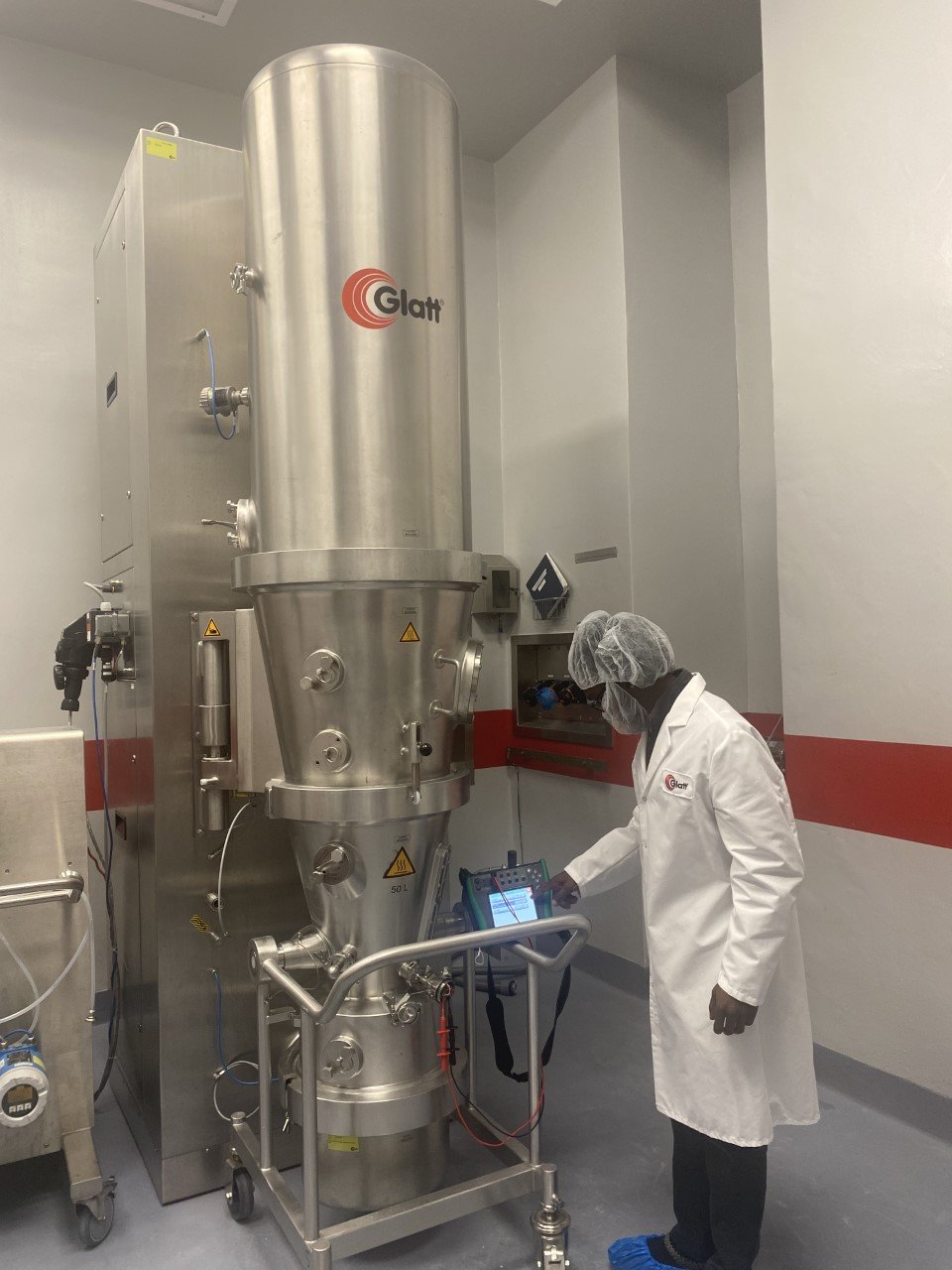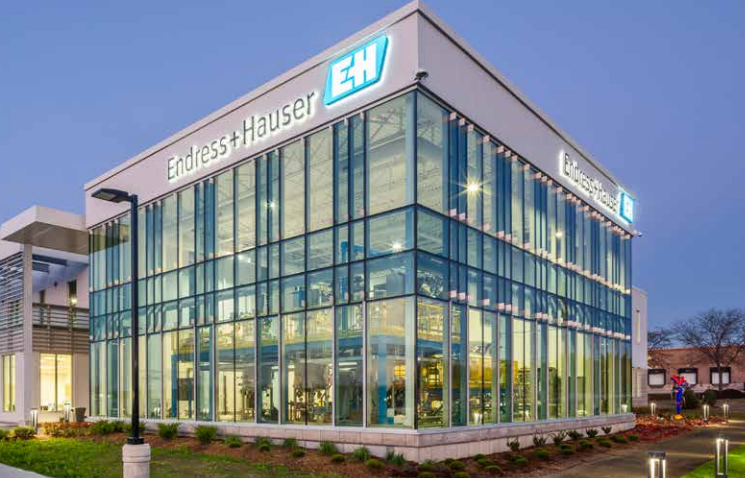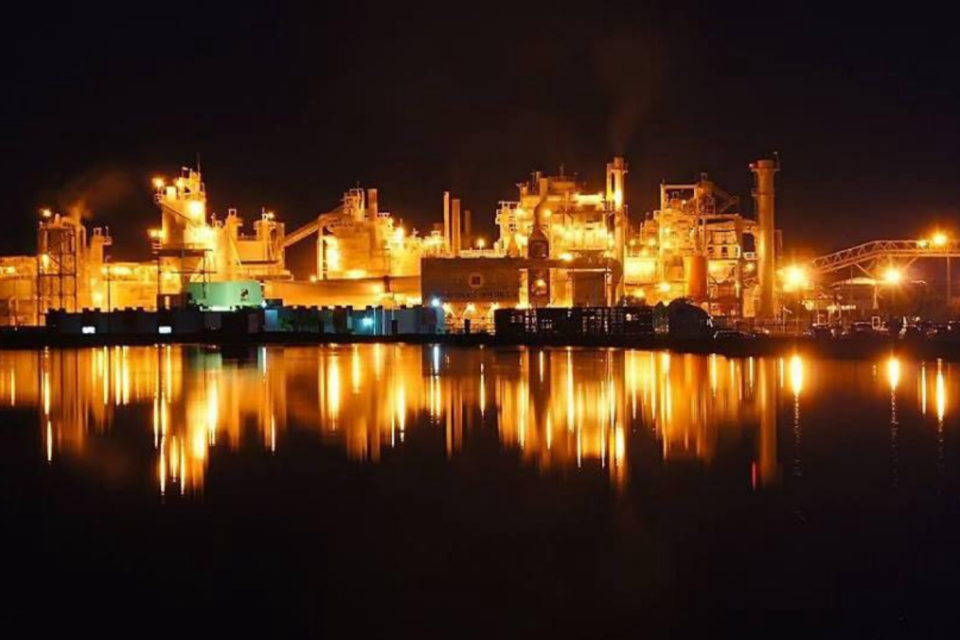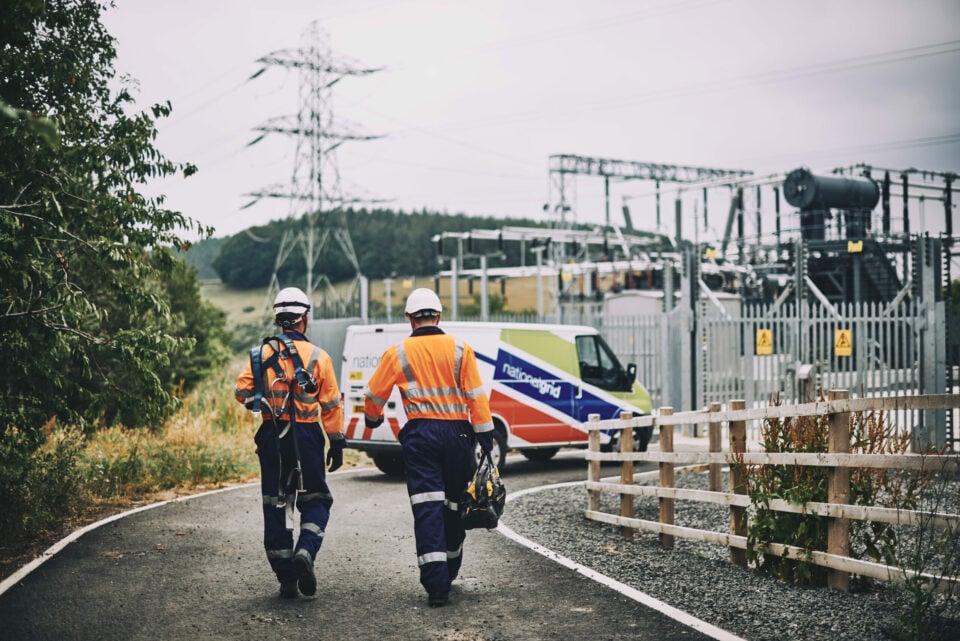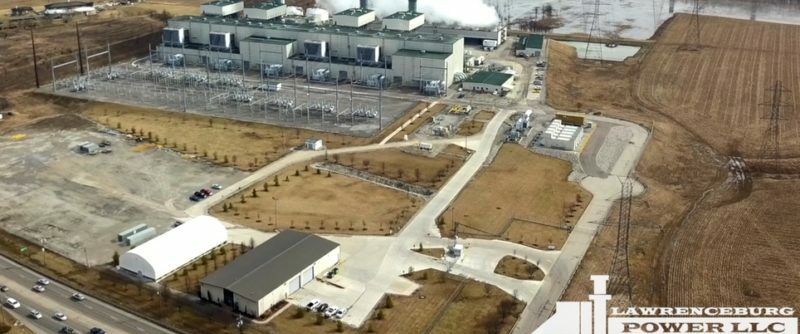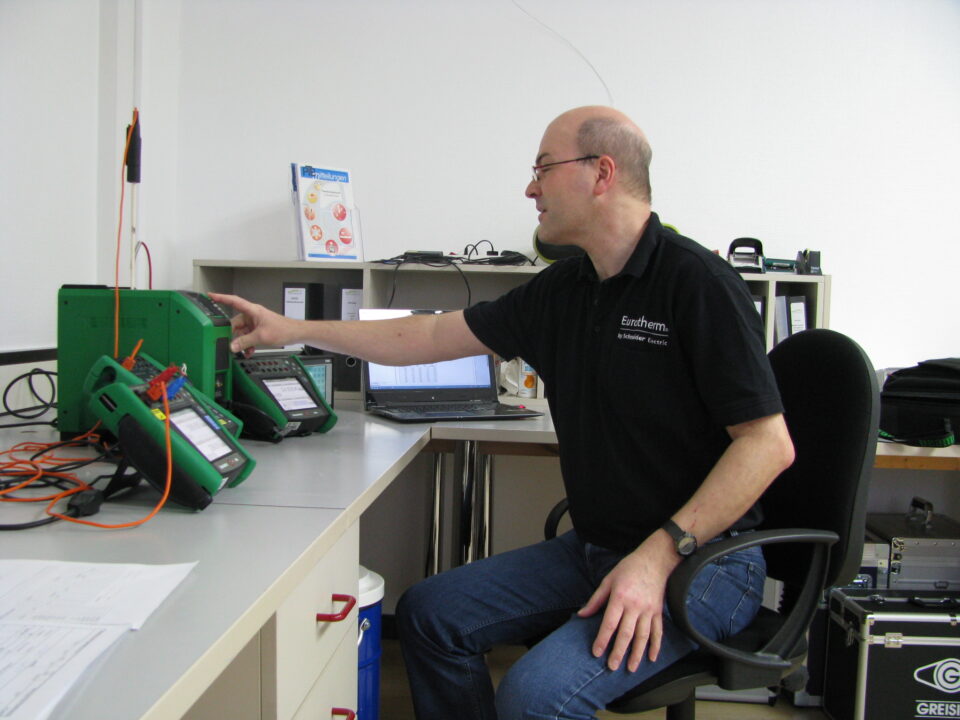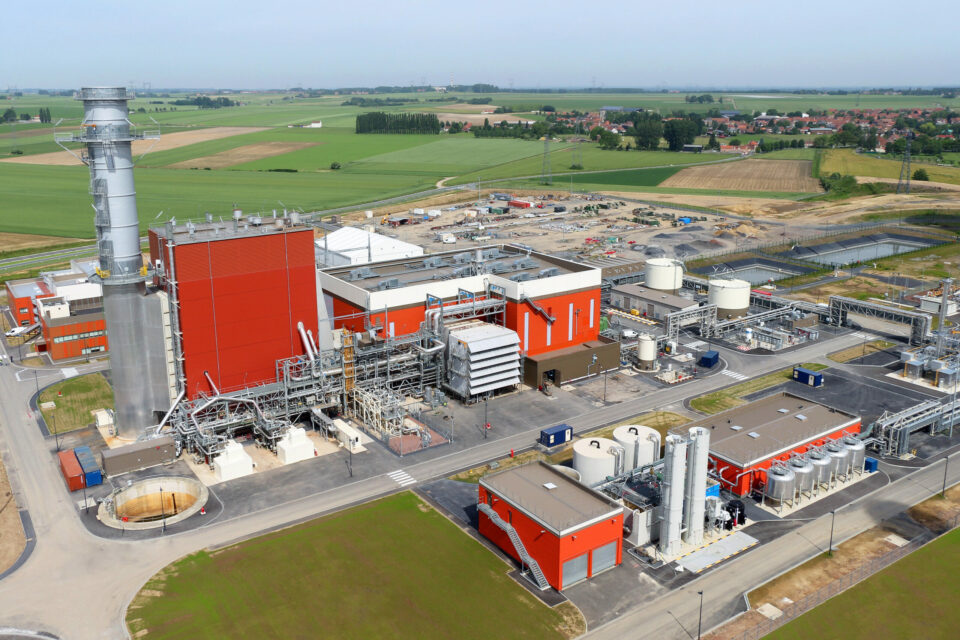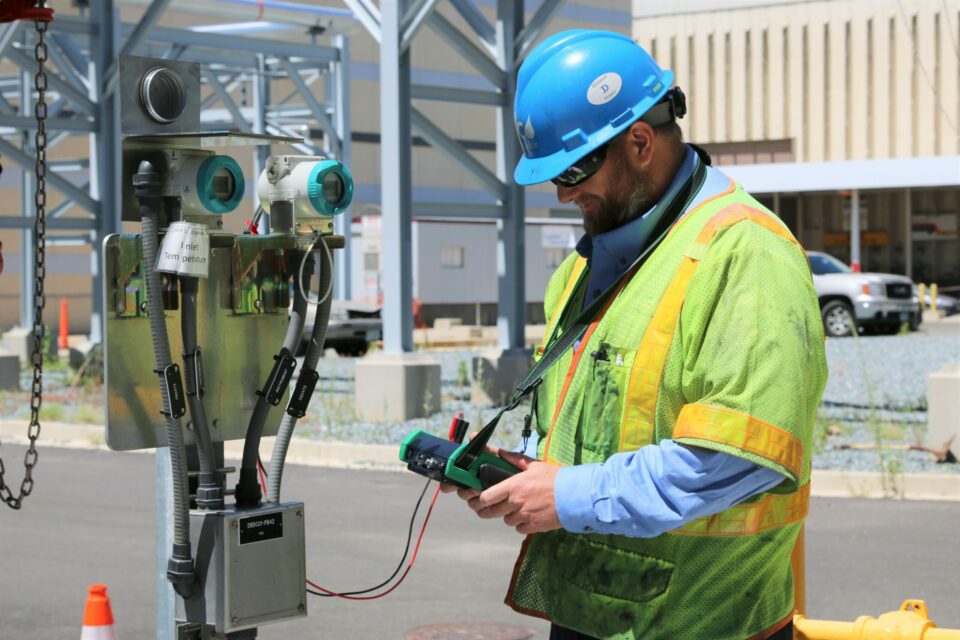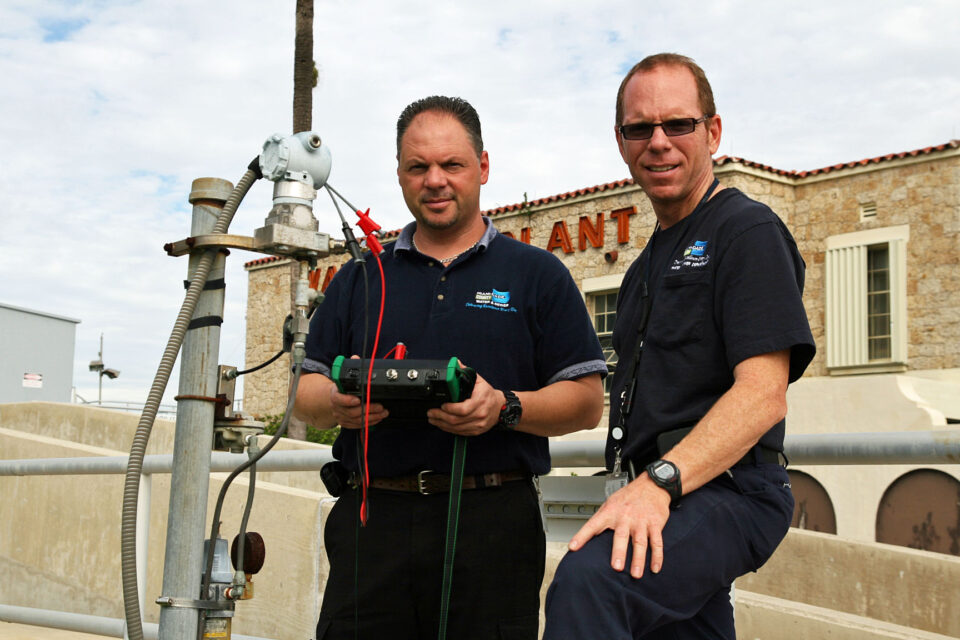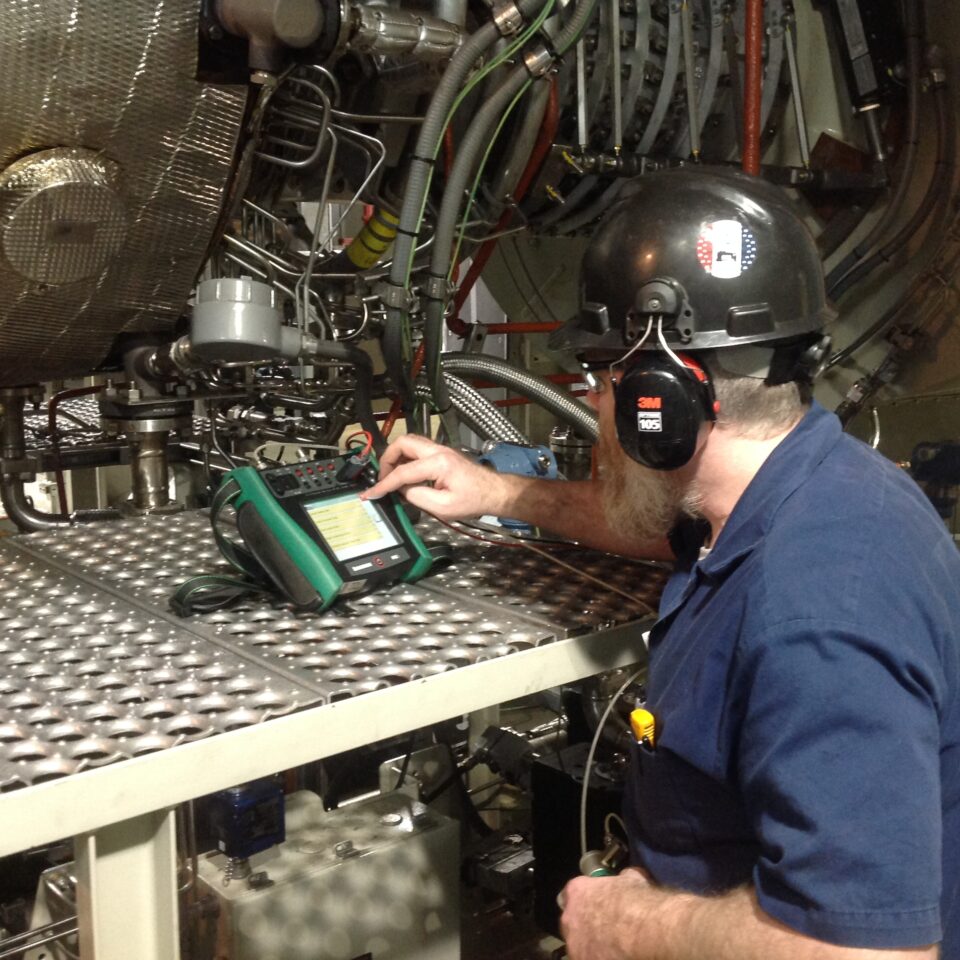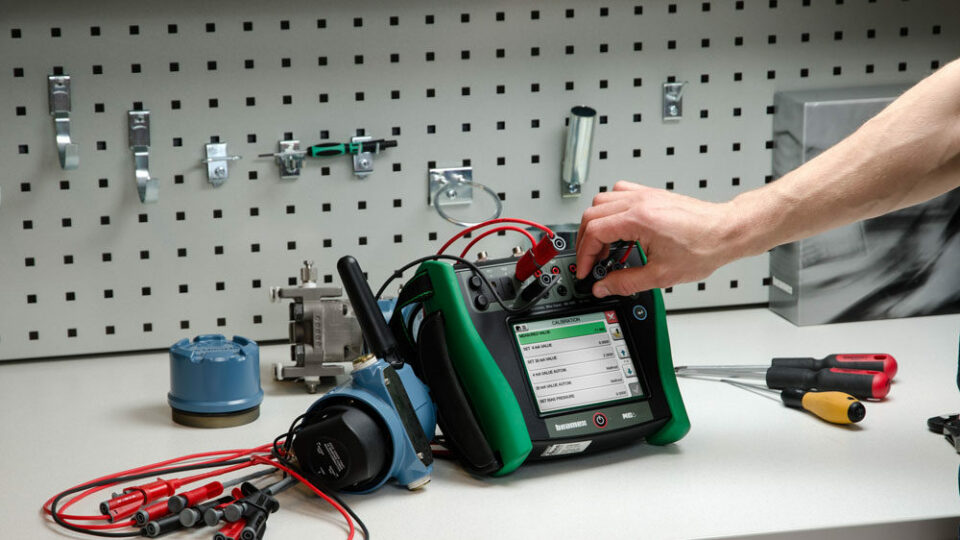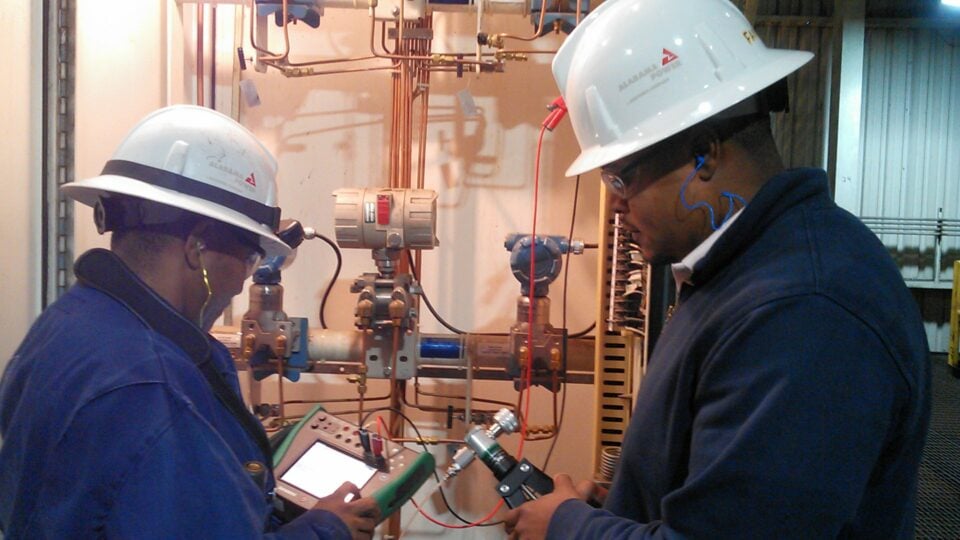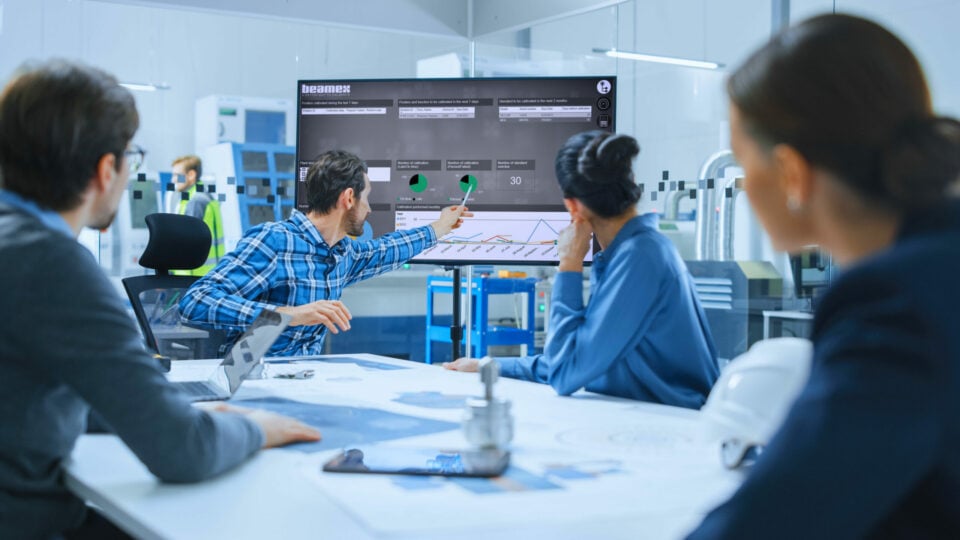Overview
There are approximately 35 critical test points at the Silkeborg CHP Plant, each with three sensors, making up the fundamental safety system which is required to undergo an annual calibration check. The calibration process was previously carried out by an external calibration company, but this is now done by the plant itself using Beamex equipment supplied by Tech. The plant produces up to 108 MW electricity and 80 MW of heat from two boilers with GE LM6000 gas turbines.
35 critical test points
Anders Ole Jensen is notified by the Beamex software on a day-to-day basis about when calibrations need to be performed. He then goes round to the test points needing pressure and temperature calibrations and connects the calibrator – a Beamex MC6 – physically to the test point, for example a pressure or temperature transmitter.
“First of all, all the test points you want to calibrate need to be entered into the Beamex system, so you know the values that need to be maintained and the calibration times. Once this information is in the system, the test points are colour-coded, revealing whether the calibration has taken place as planned, is soon due to take place, or whether the scheduled time has passed. In this way you always have an overview of the situation and can prioritise the calibration tasks on a day-to-day basis. I normally combine several calibration tasks and carry them out in one go”, says Anders Ole Jensen.
An example of a critical test point is a differential pressure transmitter which measures evaporator pressure in the boiler and is an indication of the water level, which can in turn affect a heating surface which may not be able to cool down sufficiently. Anders Ole Jensen is now responsible for carrying out the calibration of all the critical pressure and temperature measurements in the safety system, covering approximately 35 test points, each containing three sensors – in total approximately 110 independent calibrations.
“The 35 critical test points comprise the safety system, which turns off the boiler if it detects any values falling outside the set range. There are three sensors for each test point. If everything is working correctly, all three sensors will show the same values. If one sensor deviates from the others, it activates the alarm. If two sensors deviate, the boilers automatically shut down. This is why it’s very important that these sensors are calibrated according to the demands of the safety system”, he explains.
Automated calibration
Using a hand pump, Anders Ole Jensen tests whether a pressure transmitter is displaying the correct values. “The upper and lower limits of the calibration range typically allow fluctuation of a few percent, and this is displayed graphically on the calibrator as a dot that moves up and down and must remain within a specific tolerance range which is represented by blocks on the screen”, he explains.
Some calibrations take a few hours, but as the equipment itself is able to carry out the process, the person operating it is able to leave and return when the calibration is complete, for example in the case of certain temperature measurements. “No time is wasted with these types of calibrations, as you can get on with other tasks while the calibration is being performed”, says Anders Ole Jensen.
The Beamex equipment has also helped him locate some setup faults in a number of transmitters that were overlooked by the external calibration experts. “There were errors in the settings of six sensors in the critical system. External suppliers lack the understanding of the bigger picture that we strive for. In this way, the Beamex equipment has given us a higher level of safety”, says Anders Ole Jensen.
1 year payback
In addition to the test points in the plant’s safety system, there are approximately 500 test points that need to be calibrated at least every four years. “With the Beamex solution, we have complete flexibility, so we can perform many calibrations in between other daily tasks. This flexibility is important in a busy workplace where more urgent tasks often arise and need to be prioritised”, says Anders Ole Jensen. The Beamex system is also able to print out a certificate as evidence that the calibration has been performed and stating which values have been registered.
“With the Beamex system, we now have all the calibration data stored digitally. Before this was stored on an external server. But now they are more concretely “our data” and can in the long term be even further integrated into our overall maintenance system if we decide to expand our software solution”, says Anders Ole Jensen.
The cost of calibration has previously been approximately 1,000 DKK per sensor. The need for calibrations of sensors at the plant means that the investment in the Beamex solution had paid for itself within about one year, if you do not include Anders Ole Jensen’s working hours.
“I’ve been able to teach myself to use the Beamex system without any special training. Tech has shown me the basic functions, but we have been able to handle most of it ourselves, and I would imagine that anyone with a little technical knowledge could use the equipment without much trouble. The most time-consuming thing has been putting all the test points into a database,” says Anders Ole Jensen.
Used on all major plants
In Denmark, Beamex is available only through Tech, who became the agent for the brand three years ago. “We have just reached agreements with the last remaining major power plants that not yet have the Beamex calibration solution. All major Danish power plants now use Beamex solutions, and our next move will be to extend the dialogue with the many medium-sized and smaller plants. The Silkeborg CHP Plant exemplifies the advantages of a power plant insourcing its calibrations, in terms of the flexibility it allows and the way it enables the plant to perform all the calibrations it wishes – for example also in relation to alarm faults – without incurring extra costs”, says Christian Schrøder, Beamex expert at Tech.
Schrøder lists a number of aspects of the Beamex solution that optimise the process of calibrating the equipment used at power plants, other industrial units and refineries. “Compared to a paper-based procedure, which we still see in some places, the calibration itself, the logging, documentation and integration with the overall maintenance system are all enhanced.
The Beamex solution can be integrated with for example SAP and Sertica systems, so the maintenance program and calibration procedures can be completely merged. This way, planning and documentation of calibration procedures is optimised”, Says Christian Schrøder.
Fewer errors in the digital process
Transitioning from a manual to a digital calibration process comes with a list of benefits. “Working with Beamex greatly reduces the risk of errors that can occur in a manual process that involves first noting the calibration data on paper and then transferring this data into an Excel sheet or the like. There is a twofold risk of entering the wrong data as the values are jotted down by hand and then entered again electronically. With Beamex the transfer of data happens automatically during the actual calibration process, eliminating potential sources of error”, says Christian Schrøder.
He also points out that performing your own calibrations allows for greater flexibility in day-to-day planning of procedures, and that calibrations do not all have to wait until the annual review. It also provides a much greater level of transparency when it comes to the status of completed and upcoming calibrations and better data quality in general for physical processes, and you have a great tool to enhance overall quality assurance of processes and safety. Calibration companies general charge per test point, but there is no integration with the plant’s own maintenance system or a SRO or CTS system.
“External calibration companies simply perform the calibrations and hand over some form of documentation. There’s none of the daily synthesis of calibration processes and one’s own maintenance and security system that you get when you’re in charge of the process yourself. If you want to reduce your downtime and generally think in terms of cost of ownership, taking control of calibration competencies can only be an advantage for your business. It’s not every day that one’s clients get in touch and just spontaneously express their enthusiasm for a solution, but they do with Beamex, and that must mean that this technology really does enhance their operation and safety levels”, says Christian Schrøder.
